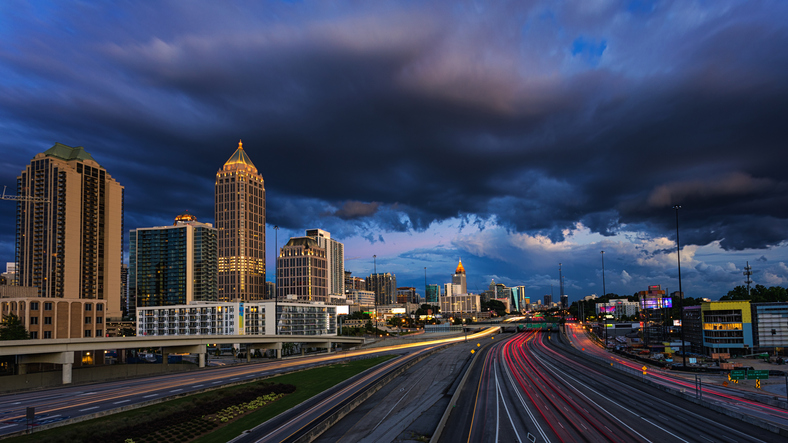
Source: Marilyn Nieves / Getty
Poverty in the State of Georgia has always been a vexing issue—what causes it, why does it persist, how can we end it, what defines it, and just how many people are poor? With COVID-19 adding a new layer to poverty in Georgia, we took a look at some statistics from Stacker, who analyzed the U.S. Census Bureau’s five-year population estimates from the 2014-2018 American Community Survey (ACS) to show the breakdown of poverty across America. When we dove into the Georgia numbers we found a staggering difference in the rates of poverty for black residents of Georgia we compared to their fellow white residents. 23.1% of black Georgians were considered on or under the poverty line, while only 10.6% of white Georgians were considered as such.
Georgia statistics:
- Overall state poverty rate: 16% (1,607,714 people)
- Child poverty rate: 22.9% (564,594 people)
- Race/ethnicity poverty rates:
- Asian American: 10.7% (41,991 people)
- Black Americans: 23.1% (721,534 people)
- Hispanic/Latin Americans: 24.9% (235,650 people)
- Native Americans/Alaskans: 25.3% (8,203 people)
- White Americans: 10.6% (569,931 people)
- Counties with the highest poverty rate:
- #1. Clay County: 41.1% (1,211 people; 156.9% above state)
- #2. Clinch County: 39.2% (2,605 people; 145.0% above state)
- #3. Randolph County: 37.0% (2,536 people; 131.2% above state)
- Counties with the lowest poverty rate:
- #1. Talbot County: 5.6% (6,190 people; 65.0% below state)
- #2. Long County: 5.9% (12,863 people; 63.3% below state)
- #3. Columbia County: 5.9% (2,165 people; 63.2% below state
Poverty rates in America also reveal a disturbing racial gap, with Black Americans 2.5 times more likely to be poor than white Americans, according to the Kaiser Family Foundation. Research generally points to causes like poor education systems, workplace discrimination, and high incarceration rates. The coronavirus has reached into that gap, with correlations between poverty and COVID-19 hitting low-income Black communities disproportionately hard. Experts say there is more likelihood of underlying medical conditions that make Black people vulnerable, such as diabetes and heart disease. Those communities tend to have less access to good health care and have higher populations of essential workers who cannot stay home and are forced to stay on the job and risk getting infected.
Georgia Poverty Rates For Blacks Two Times Higher Than Whites was originally published on hotspotatl.com















